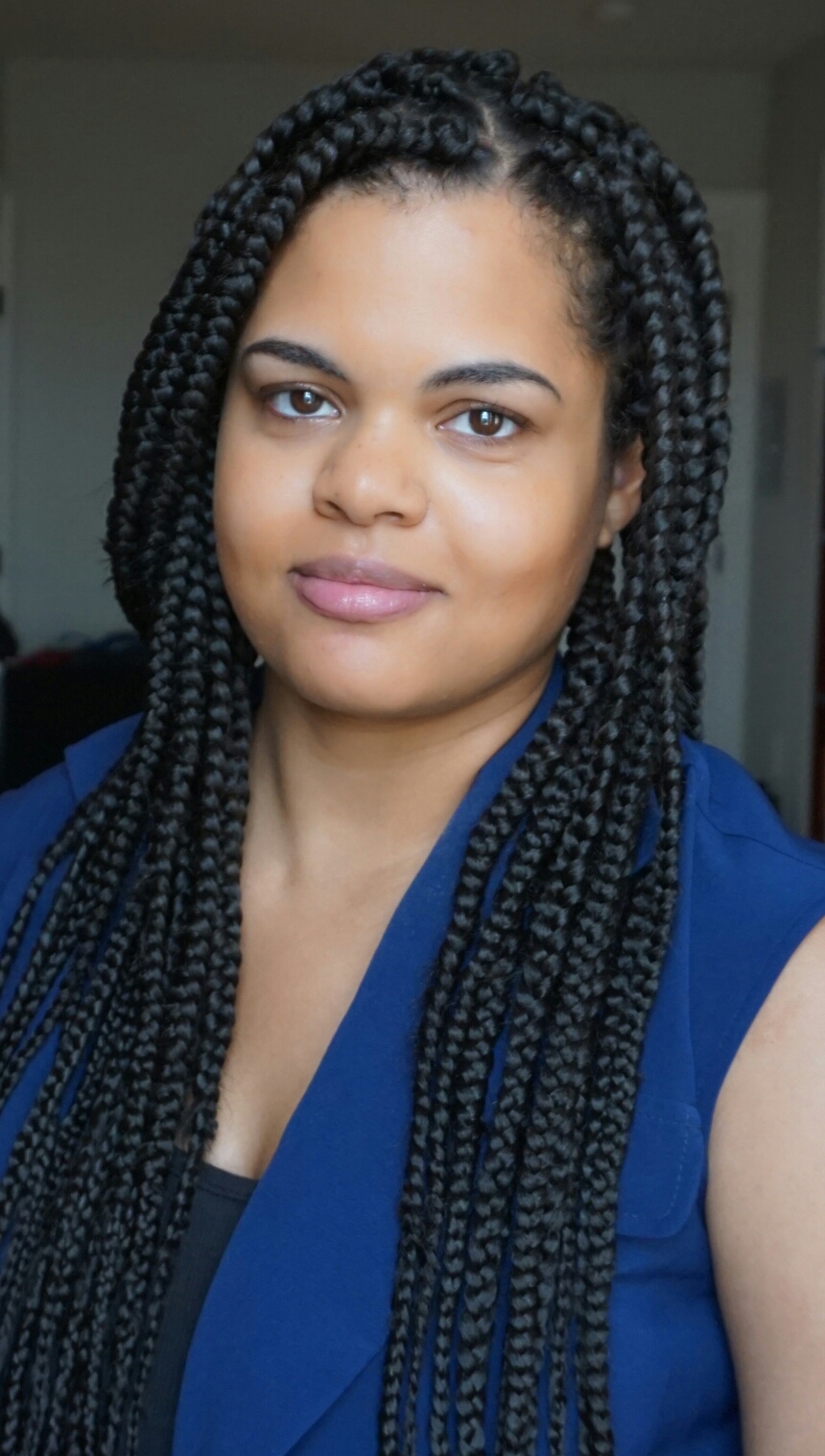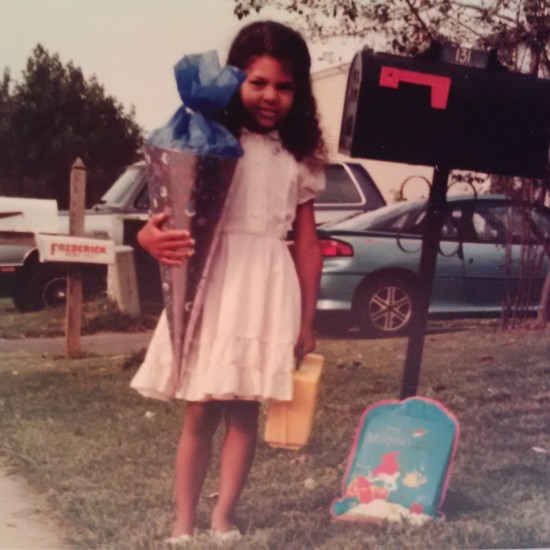One of my most vivid memories is from Kindergarten. Holding my mother’s hand, I walked into the school building. An adult bent down to speak to me; I don’t recall her words or who she was, but she said something as simple as hello and asked for my name. At that moment, my body took control. I froze, my body temperature shot up, my heart raced, and my mind went blank. I was physically unable to say or do anything. The feeling of terror from being trapped inside my own body lives in my memory to this day.
This was not a singular event. I had a childhood social anxiety disorder called selective mutism, in which a child is unable to speak in social settings, but has no problem speaking in settings where they are secure and relaxed, such as at home. Some children are able to speak only in a whisper or a few words while others are unable to speak at all. This anxiety is often inherited from one or more family members. In my case, my mother struggled with the same disorder as a girl.
Because of this disorder, I was very isolated and unable to connect with my peers. Isolation, loneliness, self-consciousness, and self-hate led to self-harm starting in middle school and depression that I manage to this day. As traumatic as all of this was, I look back and see how it protected me from some of the deeper race-related issues that many multiracial people experience. Most of my life has been spent working around social anxiety and its effects–any other problem couldn’t stay on my radar for long. How could I worry about fitting in with a racial group when I would have been overjoyed just to be able to socialize with anyone like a normal child?
I was never confused about my racial identity. It was and is a simple statement of fact that my mother is a white German woman and my father is a black Bajan man, therefore I am biracial. It never occurred to me that I might describe myself in any other way. My limited social contact in school, including through the college years when I studied Spanish and lived in an intercultural living exchange dorm, provided few opportunities for that self-identity to be challenged.
This is not to say that social anxiety protected me from all racial influence, either negative or positive. Like anyone living in this racialized society, I had many of the experiences that are common among mixed and minority people. I dealt with microaggressions like any other person of color, both from black and white sides. The difference was that I was hyper aware of my disorder and self-conscious of how I was perceived, so I attributed any negative social experience to my anxiety and never to my racial background. Although it is true that my anxiety affected every aspect of my life, in hindsight I now remember some instances when my race also had something to do with it.
Even with a social anxiety disorder, I realize that my race could have played a more central role in my youth had I grown up somewhere else. I grew up in Gaithersburg, Maryland, in the suburbs of Washington, D.C. The public schools I attended and the neighborhoods where I lived were racially and culturally mixed. I had classmates of all races and religions. I don’t remember any instances of blatant racism, though there may well have been some that didn’t register with me at the time. But my diverse and generally tolerant environment sheltered me from in-your-face racism that I would have had no choice but to confront. Anything short of blatant bigotry would not have been enough to distract me from my intense fear and anxiety.
Now that my social anxiety has become less severe, I’ve been able to breathe and take time to examine my racial experience more closely instead of being consumed by anxiety. I am steeped in social justice issues because of my full-time job at a civil rights nonprofit and the light that is now being shone on racism in this country. As a woman of color who participates in activism and social justice work in a majority black city, there is no escaping racial issues. Due to the nature of my work and its connection to current social movements, I have had to confront race head-on not only externally, but also in an internally reflective way, for the first time.
It’s clear that a wide range of factors affect a person’s lived experience with race. I’ve noticed a lack of non-stereotypical stories when it comes to the mixed experience. Unless you are a tragic mulatto or identify with only one side, your story is rarely heard or shared. As multiracial people like me increasingly claim all of our heritage and become comfortable with ourselves as the whole, complex people that we are, I hope a greater diversity of mixed roots stories begin to emerge.
__________________________________________
 Aisha Springer is based in Baltimore. Her writing primarily focuses on issues of race, feminism, and personal essay. She is a Contributing Writer for Hashtag Feminism, a blog examining feminist topics through a media lens, has written book reviews for STAND, the ACLU magazine, and was a 2015 Social Good Summit Blogger Fellow for the United Nations Association (UNA-USA). During the day, she works full-time at a civil rights nonprofit.
Aisha Springer is based in Baltimore. Her writing primarily focuses on issues of race, feminism, and personal essay. She is a Contributing Writer for Hashtag Feminism, a blog examining feminist topics through a media lens, has written book reviews for STAND, the ACLU magazine, and was a 2015 Social Good Summit Blogger Fellow for the United Nations Association (UNA-USA). During the day, she works full-time at a civil rights nonprofit.
Aisha has a Master of Public Administration from American University and a B.A. in Spanish and International Affairs from the University of Maryland, Baltimore County.

